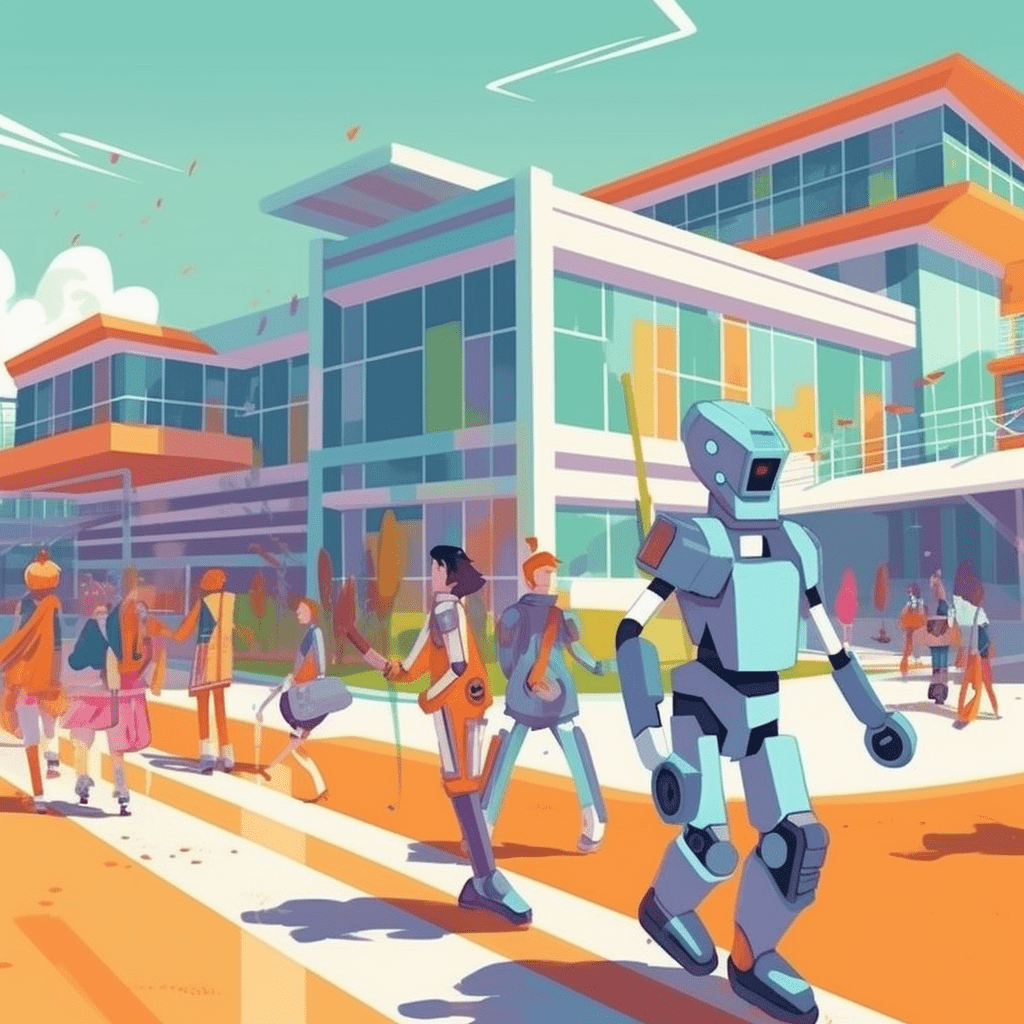Hello, wonderful readers! I hope this blog post finds you all in good spirits. Today, I want to share with you something that I’m really excited about the role of artificial intelligence (AI) in transforming the educational landscape. With the rise of personalized learning and adaptive teaching methods, AI has the potential to make education more accessible, engaging, and effective for learners around the world. So, let’s dive into the world of AI and see how it’s revolutionizing the way we learn and teach.
Personalized Learning: Tailoring Education to Each Student
One of the key ways AI is empowering education is through personalized learning. With AI-driven technology, we can now create unique learning experiences tailored to each student’s individual needs, interests, and learning styles. This means that rather than being forced to follow a one-size-fits-all curriculum, students can now benefit from a truly personalized education.
For instance, AI-powered platforms can analyze a student’s strengths and weaknesses, adjusting the content and pacing of lessons accordingly. If a student is struggling with a specific concept, the platform can provide additional resources or change the approach to better suit their learning style. This not only makes learning more engaging but also helps students achieve better results.
Adaptive Teaching Methods: Enhancing the Role of Educators
While AI has the potential to improve learning experiences for students, it’s important to remember that it isn’t meant to replace teachers. Instead, AI can serve as a powerful tool to enhance educators’ ability to teach more effectively.
With AI-driven insights into student performance, teachers can better identify areas where students need extra support, allowing them to focus their time and energy on those who need it the most. Furthermore, AI can help teachers develop personalized lesson plans and resources for their students, making it easier to accommodate diverse learning styles and abilities within the classroom.
Expanding Access to Education
AI’s ability to deliver personalized learning experiences can also help break down barriers to education. For example, students in remote or underserved areas may not have access to a high-quality education due to a lack of resources or qualified teachers. AI-powered platforms can help bridge this gap by providing students with a wealth of educational content tailored to their needs, regardless of their location.
Moreover, AI can make education more inclusive by offering accessibility features for students with disabilities. For instance, AI-powered speech-to-text and text-to-speech technologies can help visually impaired or hearing-impaired students access educational content more easily.
The Future of Teaching: A Collaborative Effort
It’s clear that AI has the potential to revolutionize the way we approach education. However, it’s crucial to remember that the success of AI-driven personalized learning relies on a collaborative effort between educators, students, and technology. By embracing AI as a tool to support and enhance the educational experience, we can work together to create a future where every student has the opportunity to reach their full potential.
In conclusion, AI is poised to play a significant role in empowering education by providing personalized learning experiences, enabling adaptive teaching methods, and expanding access to education. By harnessing the power of AI, we can create an educational landscape that is more inclusive, engaging, and effective, ultimately shaping the future of teaching and learning for generations to come.
Thank you for joining me in exploring the exciting world of AI in education. I’d love to hear your thoughts and experiences on this topic, so feel free to leave a comment below or reach out on social media. Until next time, happy learning!
Prompt Engineering Notes:
In my collaboration with ChatGPT, I focused on creating an inspiring blog post about Empowering Education with AI. I supplied a comprehensive prompt to help GPT to research the required information and structure the post.
